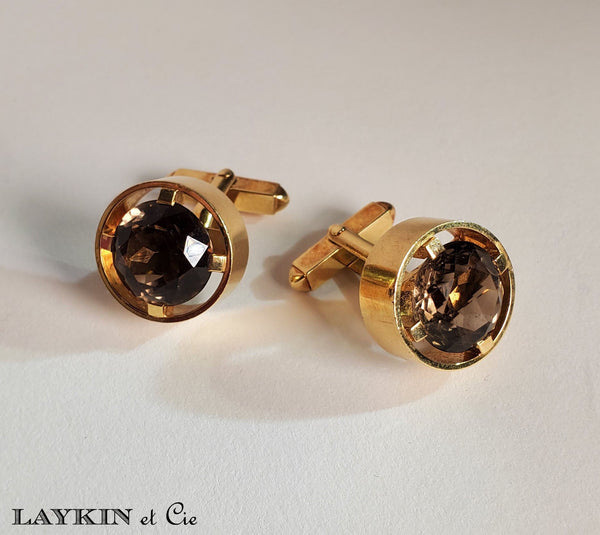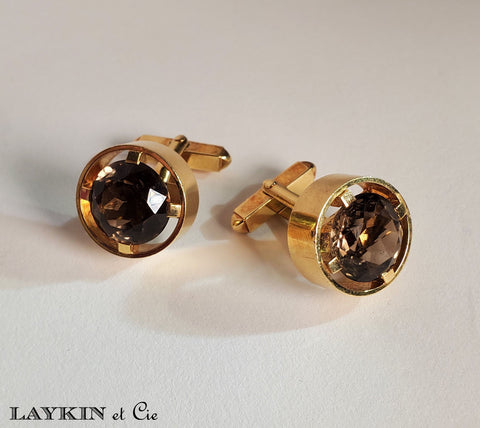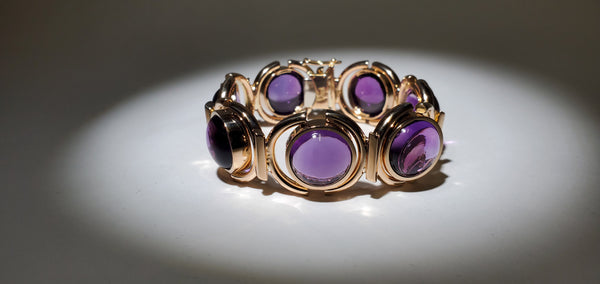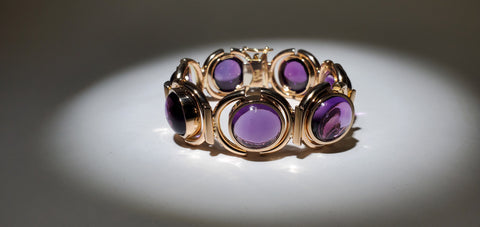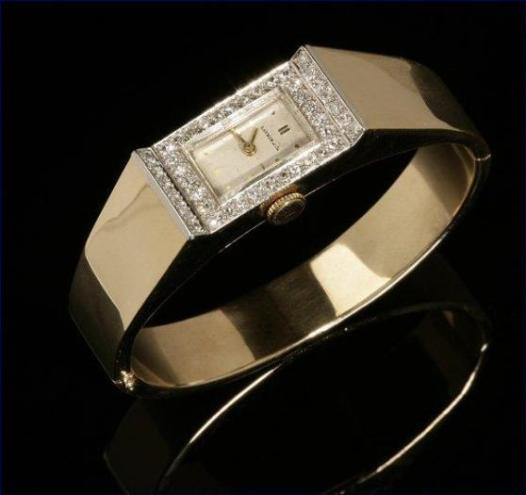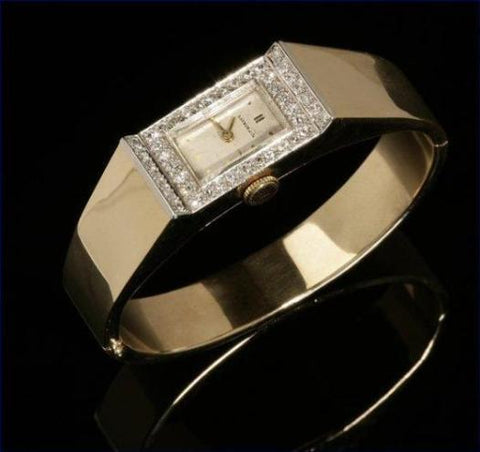Your cart is currently empty!
Edwardian Diamond and Aquamarine Neckace in a fitted box from the author of the term "Gemmology"
$7,500.00
Edwardian Diamond and Aquamarine Neckace in a fitted box from the author of the term "Gemmology"
$7,500.00
A graceful Edwardian necklace wrought of platinum, diamonds and aquamarine in a fitted box and produced by William James Lewis Abbot FGS FRAJ of St. Leonards-on-Sea, England. This one-of-a-kind necklace is in it's own fitted leather, silk and felt box and features as it's center piece a beautiful natural aquamarine in faceted pear shape which is of perfect natural color. Mr. Lewis was a jeweler and a geologist in the late 1800's and early 1900's. By the time of his death he was broke and without resources, but during his younger years he allowed his fine work as a jeweler to finance his work in archeology which led him to touch scandal in what was known as the "Piltdown Inquest" which centered on the subject of early man on the British Isles. Lewis' eye however for fine stones was well recognized, he maintained an important world class collection which after his death was divided between prominent collectors and museums where many samples remain to this day. He is credited with coining the term "Gemmology"

From NATURE, The International Journal of Science (August 26th 1933)
THE death is reported of William James Lewis Abbott, the well-known archologist, at the age of eighty years, at St. Leonards-on-Sea. He was by calling a jeweller, and early in his career took up the scientific study of gem-stones, a subject on which he instituted classes and became a lecturer at the Polytechnic. Extending his studies to geology, his interests centred particularly on the more recent deposits of the south coast of England. It was inevitable at that time that he should be attracted to the investigation of the earliest evidence of man's handiwork, and the associated animal remains, in these deposits. As one of the pioneers in the study of man's first efforts in the shaping of stone implements, Abbott's views were those of a practical man and based upon his experience and study of the character of the material in which he himself had worked. He maintained that a scientific knowledge of the nature of stone was an essential preliminary to argument based upon technical considerations of form. Throughout his life a lover of a specialised terminology, he coined for this study the name litho-clasiology, as he had christened his earlier researches ‘gemmology’.








